
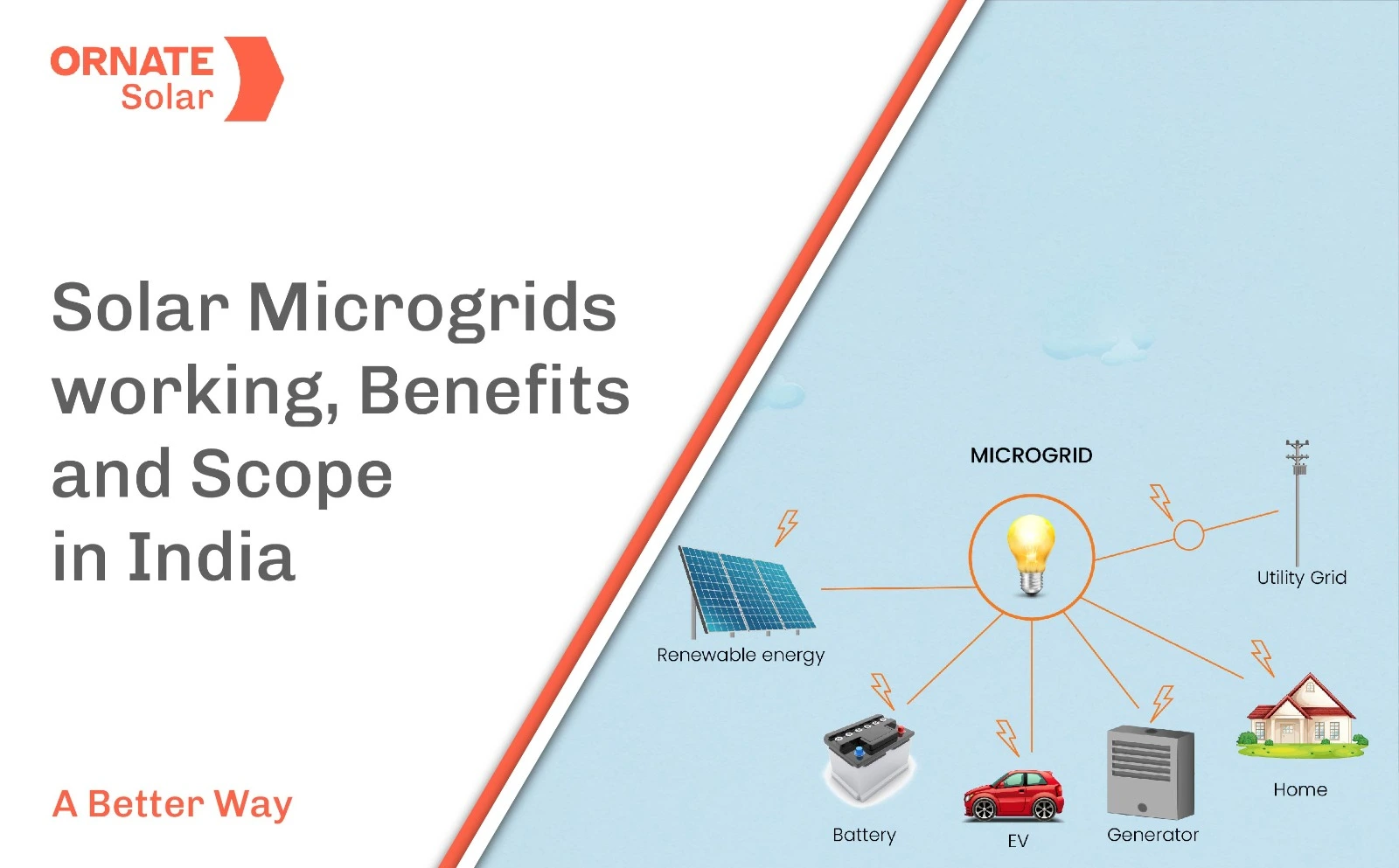
The electricity that powers your house comes from one common grid. Giant power plants deposit energy directly into the national grid, from where it gets distributed to consumers.
But what happens if this centralized grid fails? A lot of houses are plunged into darkness!
We can prevent this with a micro-grid- a self-sufficient energy system with the strength to power small communities.
What are Solar Microgrids?
Microgrids are decentralized energy systems that are powered by distributed sources, be it fossil fuel-based or renewable energy. However, a large number of microgrids in the world are solar-based systems
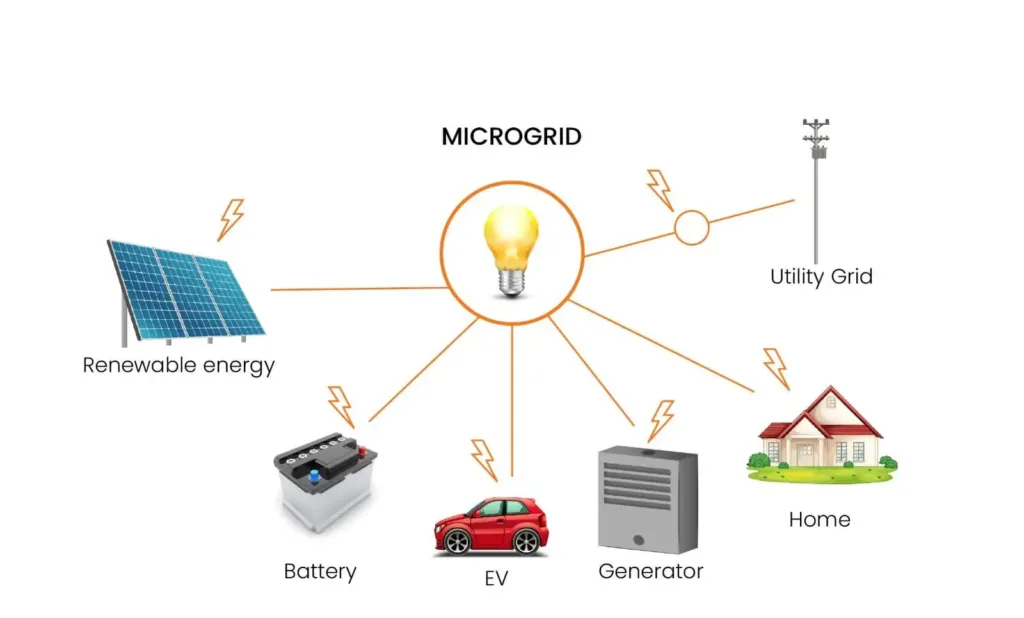
These structures do not have large capacities. In fact, most microgrids can range anywhere between 100kW to a few MW and serve small geographical areas.
The best aspect of microgrids is that they can work with and without the support of the main grid. If you incorporate energy storage systems into the microgrid, it can become fully independent. Solar Microgrid uses off-grid or hybrid solar inverters to achieve this.
Why do we Need Microgrids?
1. 24×7 Power Supply
If the grid power goes down due to weather conditions, human error, or unforeseen circumstances, a microgrid can provide 24×7 power.
The microgrid is particularly valuable in times of natural disasters when the main power grid may be unreliable. In such situations, having access to electricity becomes a significant advantage for conducting rescue operations.
2. Promote Renewable Energy
Conventional electricity is becoming unstable. And, the world is switching to renewable energy sources like solar.
But, solar works during the day. To ensure a 24×7 energy supply for everyone, we need a storage capacity that runs in Gigawatts. This is not feasible as of now.
But storage for small scale plants is available. Thus, the transition to RE resources become easier with microgrids.
3. Accessible
In remote regions where grid infrastructure has not reached, a localized energy system provides a consistent energy supply.
In urban areas, businesses can also opt for microgrids to power their operations.
How do they Work?
- Solar panels are either mounted together in a solar farm or deployed at the buildings in the respective territory.
- The energy generated by the panels is transferred to a centralized controller. This device is an intelligent system that manages the distribution process and can switch between multiple input sources.
- The surplus power is deposited into the battery, which gets discharged during the night or power outages.
Benefits of Solar Micro-Grids
1. Cost-Effective
It is much simpler to set up a renewable energy-based system than establish grid infrastructure. This is because technologies like solar have advanced in the recent years, and become cheaper.
In comparison to conventional electricity, microgrids are much more cost-effective.
2. Reliable
A typical microgrid can incorporate solar panels, wind turbines, biogas, and even diesel generators. So, if the generation from solar is not enough to meet the demand, the controller can easily extract energy from other sources to compensate.
This leads to a consistent and reliable power supply.
3. Reaches Rural Communities
Many rural communities do not have access to reliable grid power. But they do have access to localized resources such as solar or wind that can be turned into energy. With a system like a microgrid, villages can harness local resources to provide cheaper, clean, and reliable energy to all members of the community.
4. Improves grid stability
Since Microgrids can meet the demand of small geographical areas during peak hours, it reduces the load on the national grid.
5. Scalable Structure
It is difficult to expand individual solar power systems due to limitations of space and resources. This is not a problem with microgrids, which can be scaled as per the increasing power demands.
6. Reduction in Power Expenses
Solar is cost-effective and eliminates the need for extensive transmission and distribution infrastructure. As a result, consumers can enjoy electricity at lower prices compared to conventional energy sources.
Micro Grids in India
The concept of decentralized energy systems has massive scope in India, both in urban and rural settings. Electricity tariffs are rising and grid power is becoming increasingly unstable. The coal shortage that the nation witnessed last year is a prime example.
Microgrids that complement grid power in urban areas and improve energy access in rural areas are viable solutions.
Moreover, different states in India have implemented their own policies to expand the microgrid network.
According to new research, India’s microgrid market will cross $2500 million in revenue by 2028. The key factor behind this projected growth is the Indian government’s active promotion of renewable energy.
What’s more different states in India have their own set of policies to expand the network of Microgrids.
Umang Solar Inverters For Solar Micro-Grids
Businesses and residential communities can set up their solar microgrids with Umang Off-Grid and Hybrid Solar Inverters.
These transformer-less devices are compact, silent and use pure sine wave technology to deliver the best performance.
The intelligent inverter solution is crafted in India and equipped with the highest efficiency in the industry (up to 96%). This leads to minimum power losses and longer backup.
Other advantages include:
- Built-in MPPT Solar Charger
- Build-in Wi-Fi for mobile monitoring
- Overload and short-circuit protection
About Ornate Solar
Ornate Solar is a leading solar company with 8+ years of experience in the industry and the mission to reimagine the way solar is installed worldwide.
From advanced solar panels, innovative inverter solutions, and high-quality solar accessories to the unique InRoof that turns panels into the primary roof, we develop and deliver solutions that are modern, reliable, and effective.
If you are exploring solar solutions for your home or business, reach out to us at 011 43536666 to discuss your options.










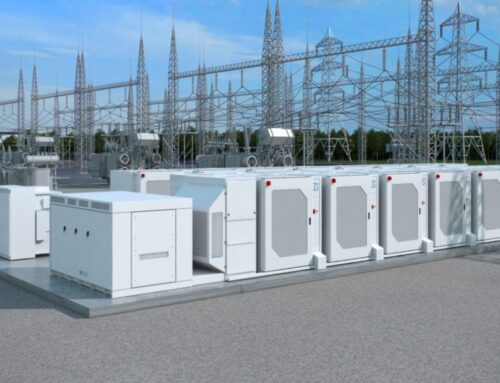
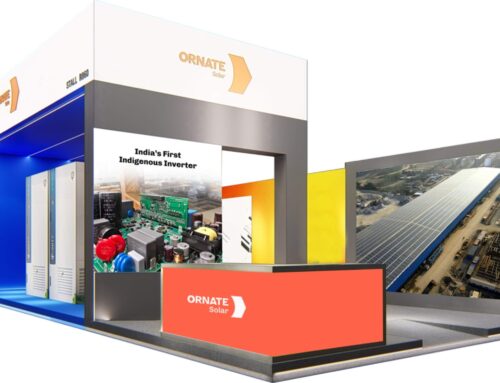
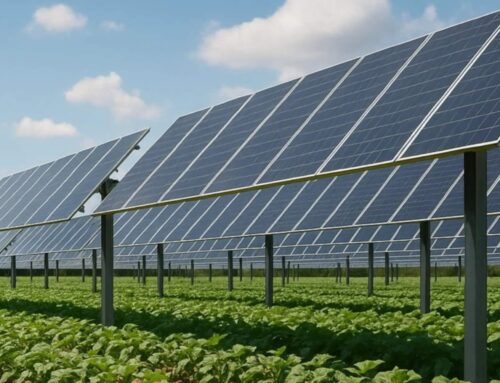
Leave A Comment